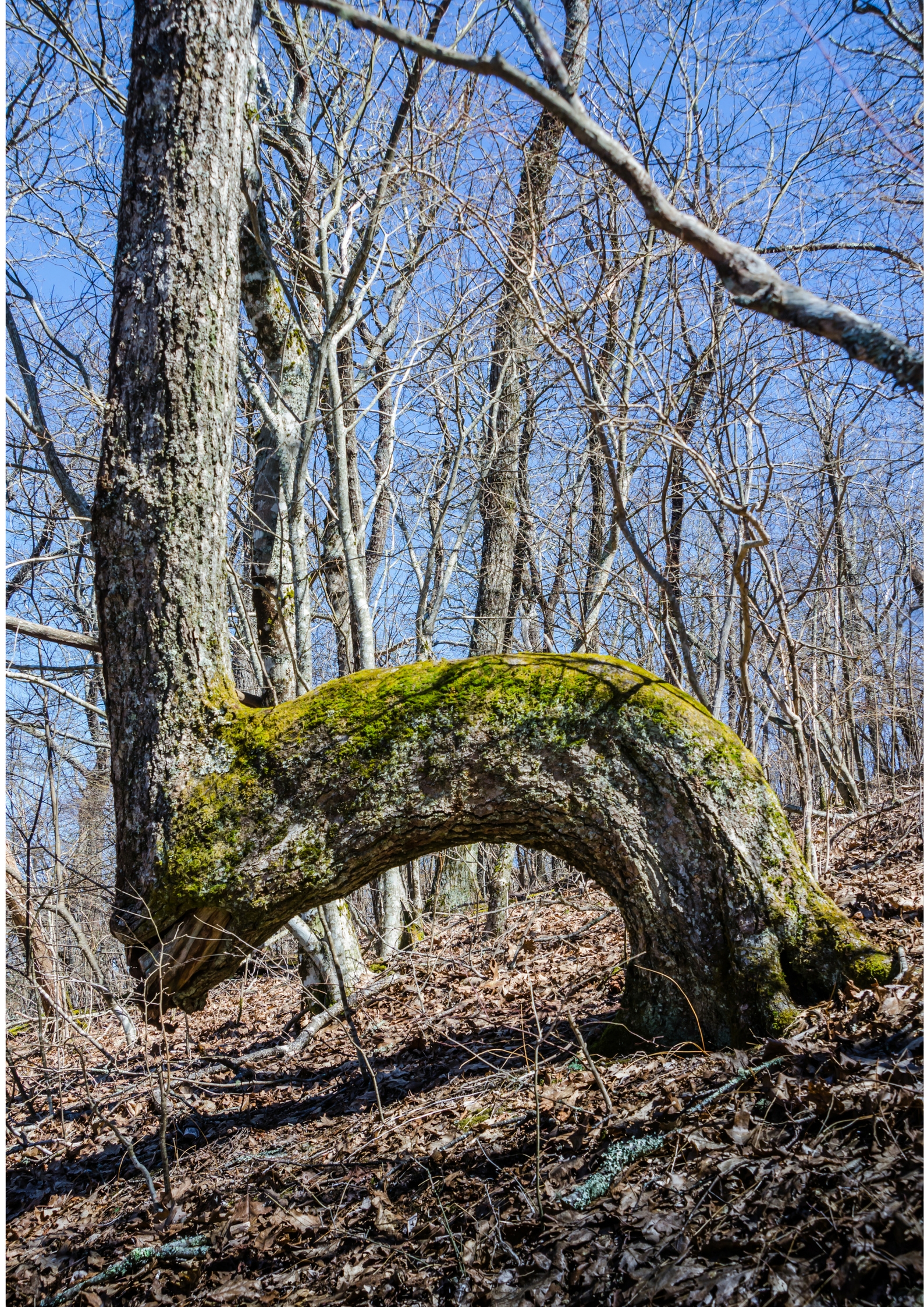As the Twig Bends So Grows the Tree
During a complimentary consultation I briefly discuss what normal and abnormal structure is and how it affects the function of our body. A prospective patient must be familiar with this to have a better understanding of their secondary condition(s) or symptoms. A question that may come up is, "how many people come into your office having a perfect looking spine?" Well, most of the population has some type of a segmental displacement. The ones who happen to walk through the front door of my office are the ones who are experiencing secondary conditions or symptoms as a result of their structural problems. These may include neck pain, back pain, headaches, and numbness and tingling into the extremities. The reasons why most folks have segmental displacements is because of compensations to traumas or accidents that occurred earlier in life. As the old saying goes "as the twig bends so grows the tree."

If you were to take a small tree, bend it in half without breaking it, and stabilize it in this position, overtime the tree would begin to grow in this manner. In other words the tree would take this shape. This is how our bodies respond to physical stresses. Early in life, as children or even young adults we experience many different types of physical stress and trauma. Some of these traumas may be severe falls or accidents and some may be minor bumps. When we experience these traumas our structure may become displaced internally and overtime our body compensates to this. As a result, a person may develop Anterior Head Syndrome, scoliosis, uneven hips and shoulders or a head tilt. As spinal structure is changing, secondary conditions or symptoms begin to manifest.
Usually by the time folks find their way into my office they have a number of secondary conditions or symptoms, which were caused by their underlying structural displacements. Their structure has compensated to the point that their secondary conditions may even be chronic in nature. The good thing is that structure can compensate back towards normal. Now lets be realistic can a 55 year old spine ever look like a 15 year old spine? The answer is no, but can a 55 year old spine change and move into a direction that is more structurally normal for that individual? Yes. As we move a patient's spine into a range of what's normal for that person, naturally these secondary conditions or symptoms begin to reduce. Just like the bent tree, if you remove the obstruction, the tree will begin to grow in a more natural direction.






